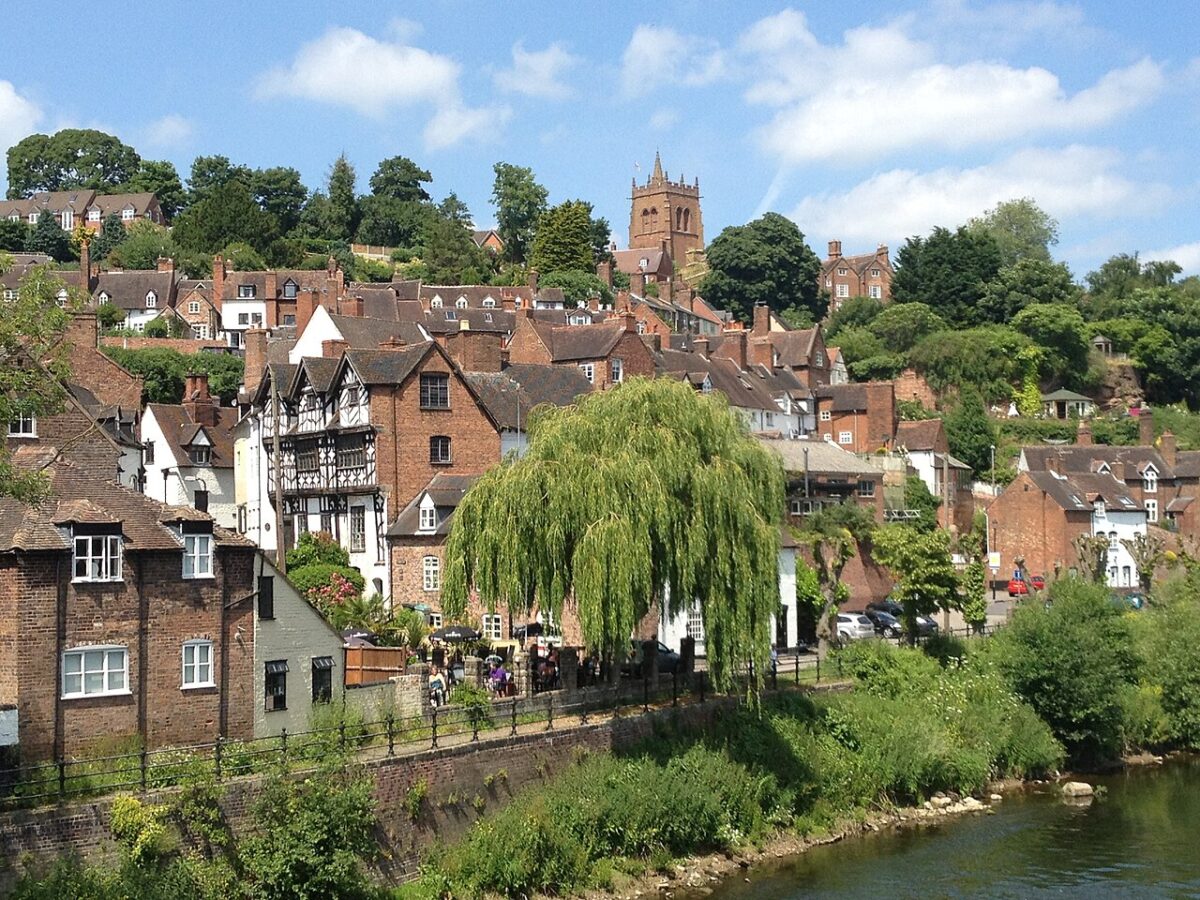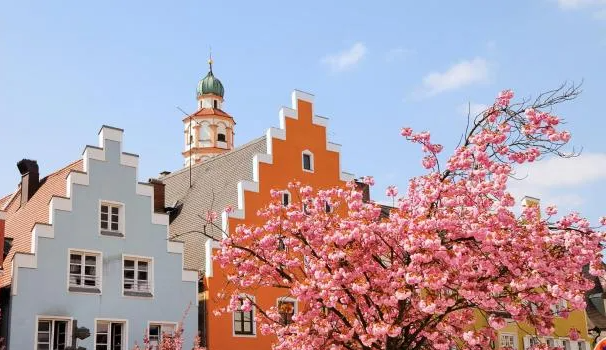A sign sits at the side of the road, welcoming passers-by to the town of Bridgnorth, Shropshire. Underneath lies the phrase “twinned with Thiers and Schrobenhausen.” To most, these words appear unassuming and hollow. To Mike Proudman though, they represent fortythree years of painstaking dedication to fostering international relations.
Town twinning is a peace movement born from violence. The aftermath of the Second World War saw the world reeling from devastation. Seventy million people dead, millions more injured, homes and livelihoods destroyed, and communities broken. But the human spirit prevailed. A handful of mayors and their citizens in Europe, took the initiative to reach out across their borders and extend a hand of friendship to towns and cities in other countries.


